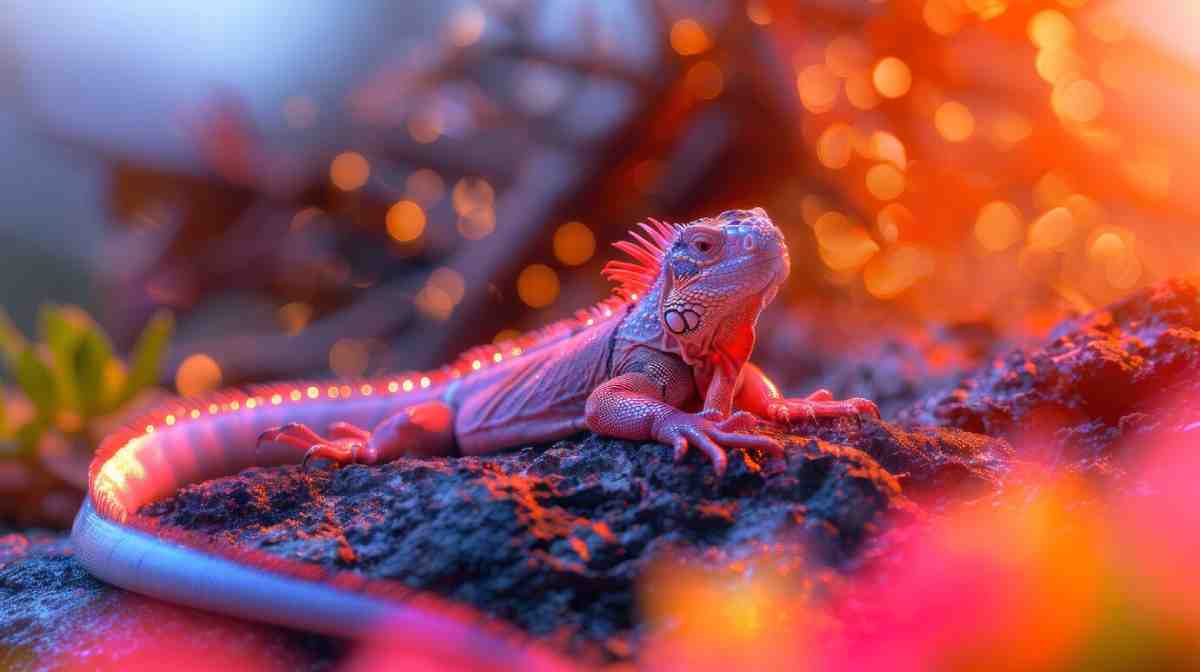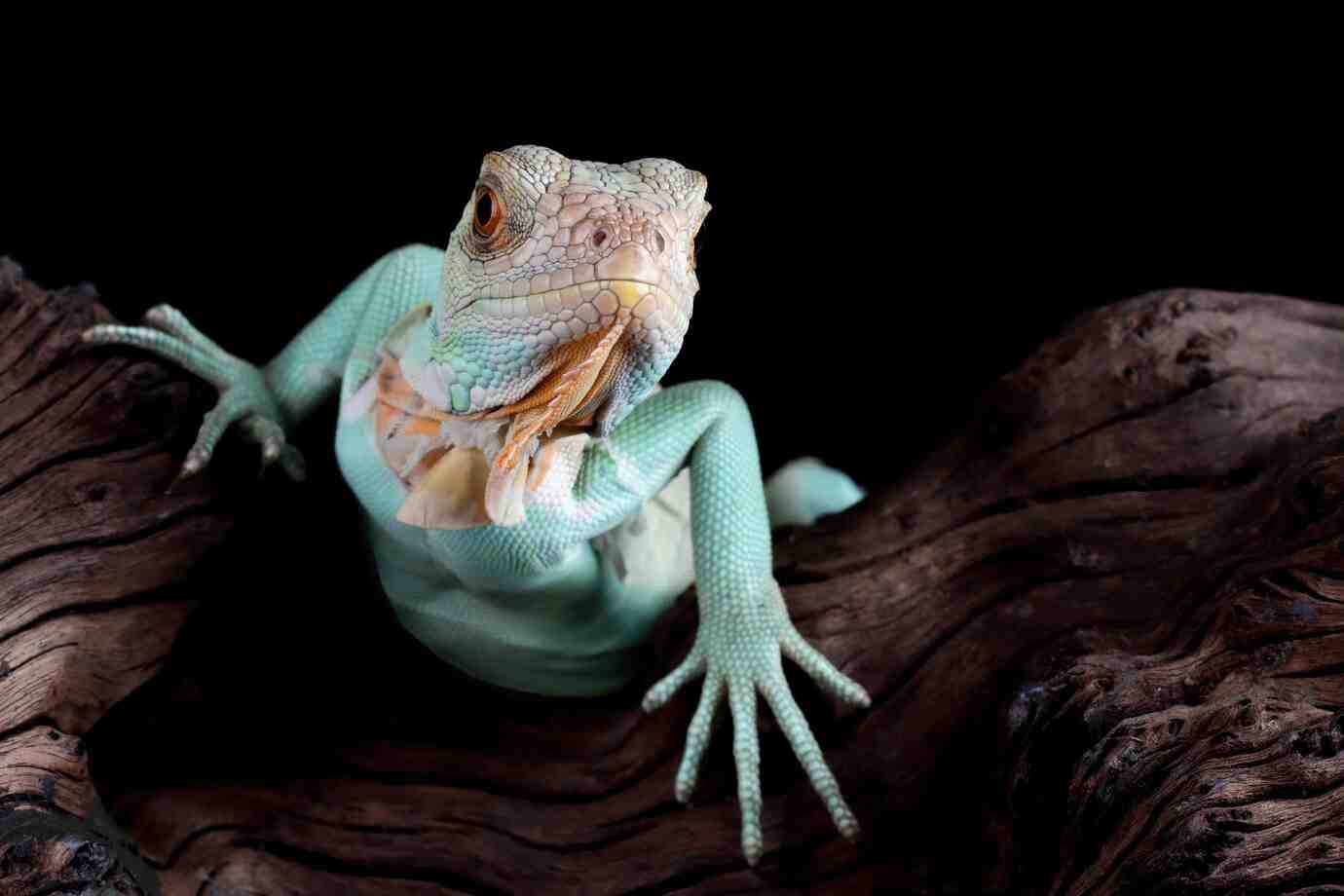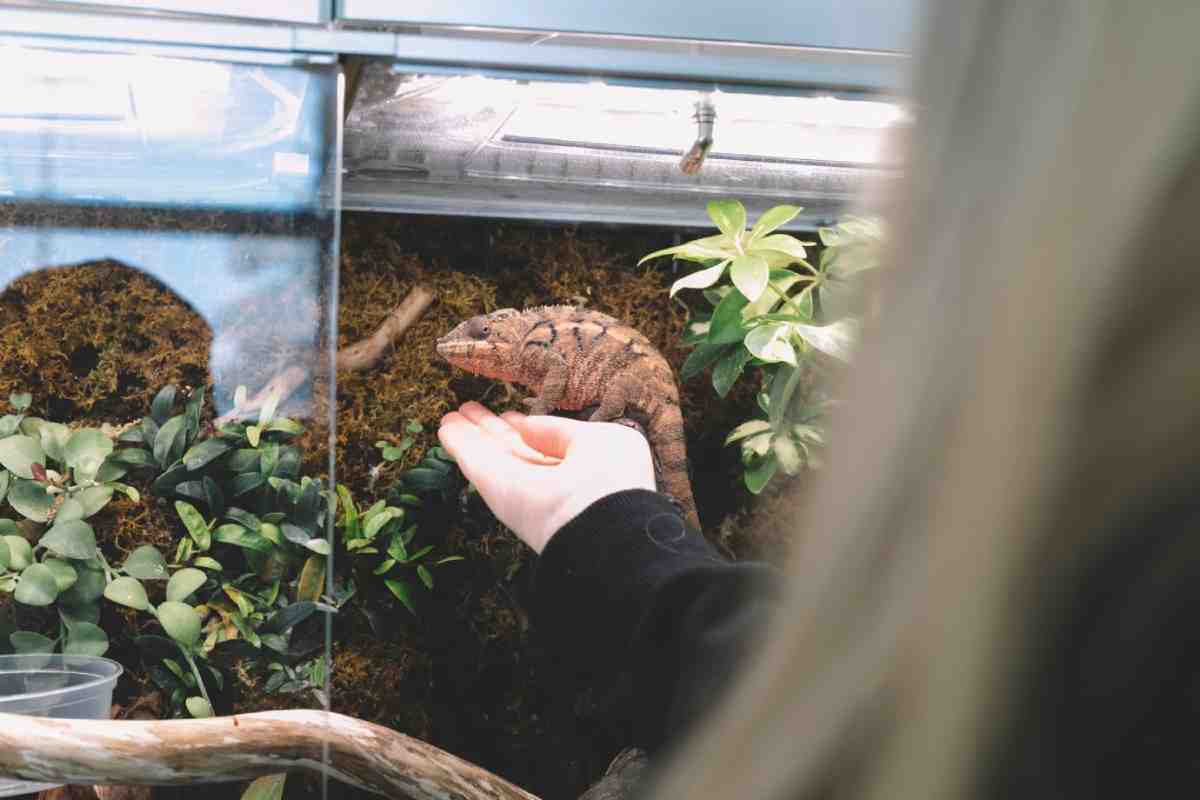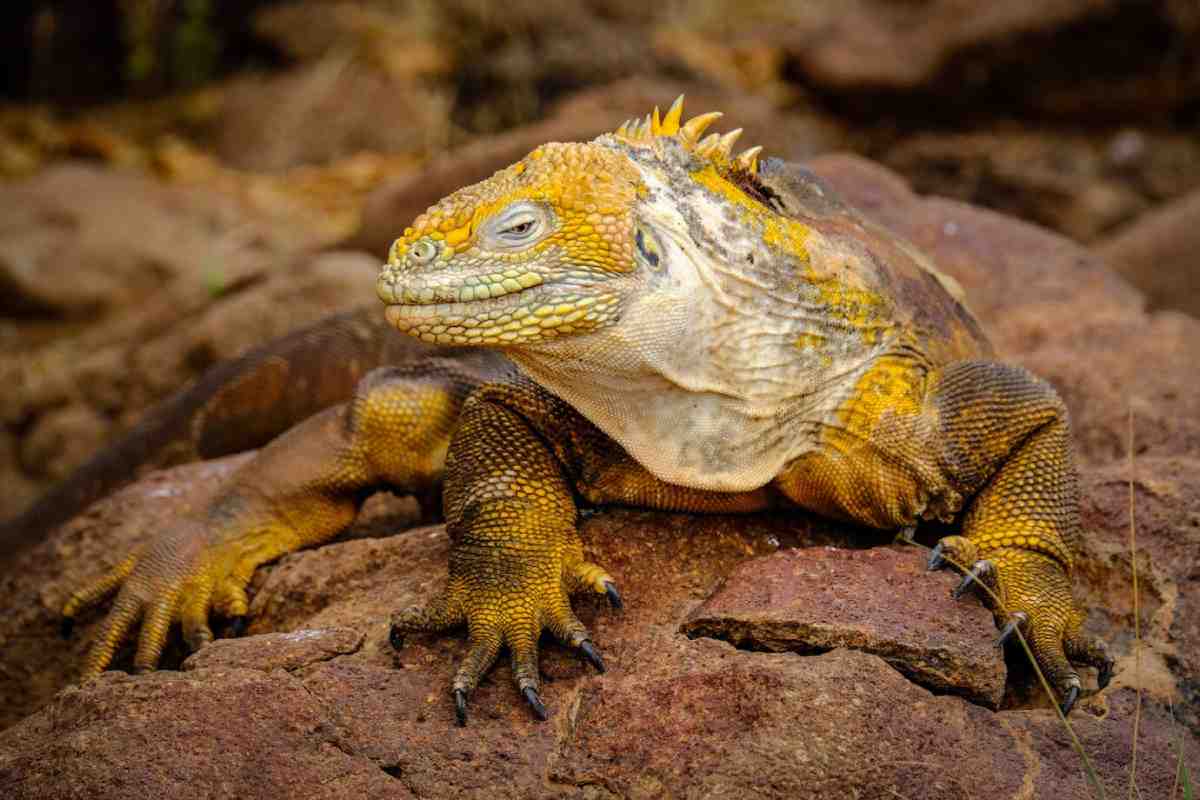
Bearded Dragon Diet and Habitat Essentials
Bearded dragons are one of the most popular pet reptiles in the world — and for good reason. They’re friendly, expressive, and surprisingly easy to care for once you know the basics. But like all reptiles, they rely on their owners to create the right environment and provide a balanced diet.
This guide is packed with essential tips on bearded dragon care, including how to set up the perfect habitat and what to feed your beardie at every life stage. Whether you’re a new reptile parent or thinking about getting your first lizard, this reptile diet guide has you covered.
Why Bearded Dragons Make Great Pets
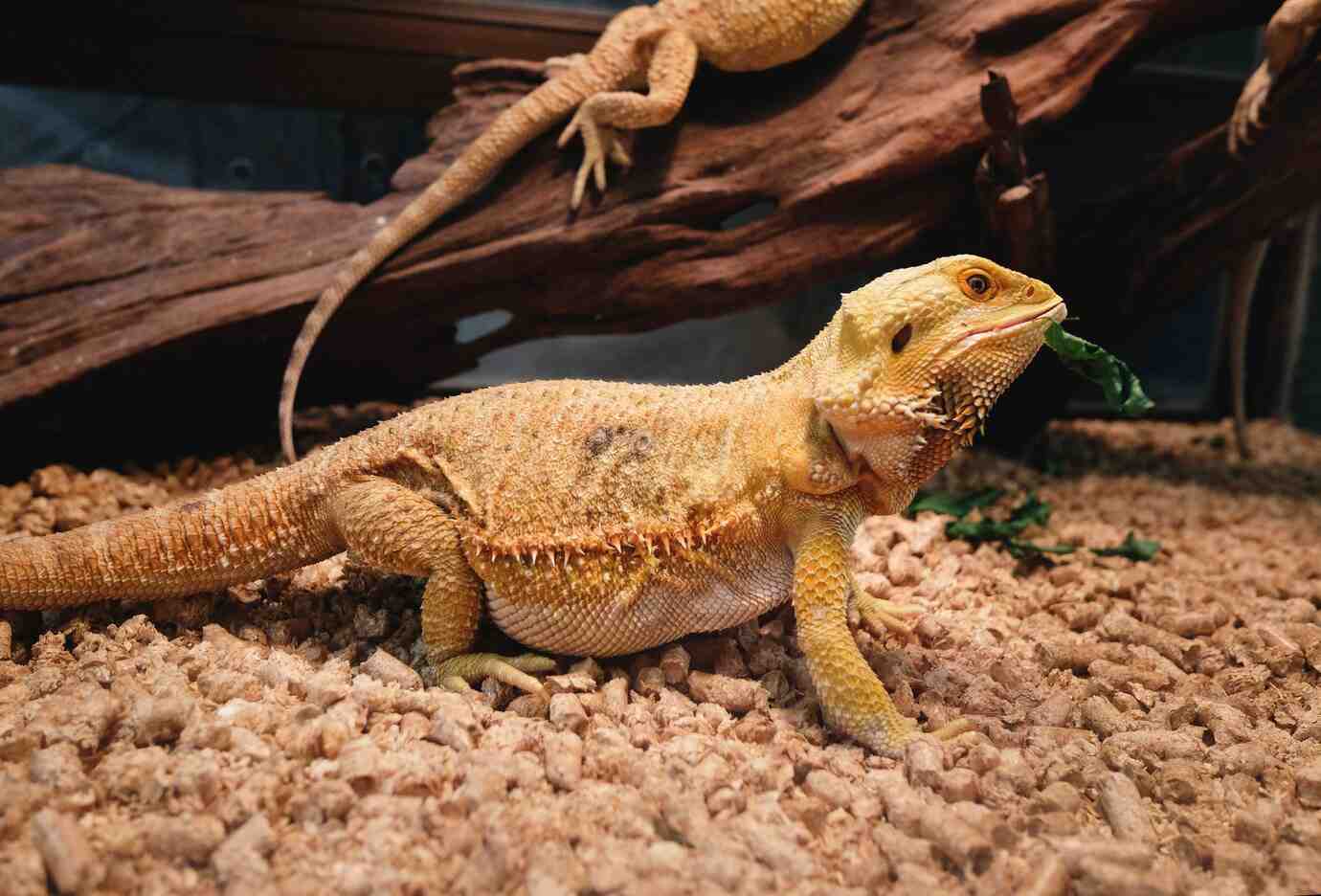
Bearded dragons, or Pogona vitticeps, come from the arid deserts and bushlands of Australia. They’ve become a top choice for beginners thanks to their calm temperament, manageable size, and social nature.
Here’s what makes them so appealing:
- Friendly and easy to handle
- Great with kids and families
- Simple care once the setup is done right
- Communicate with body language (head bobbing, waving, beard puffing)
- Live 8–15 years with proper care
Fun fact: They’re called “bearded” dragons because of the spiny flap of skin under their chin — which darkens when they feel threatened or excited!
Bearded Dragon Habitat: Setup Essentials
Creating a safe and comfortable environment is the first step in successful bearded dragon care.
Enclosure Size:
- Juvenile (under 6 months): 20–40 gallon tank
- Adult: 75–120 gallon tank (the bigger, the better)
They need floor space more than height — bearded dragons are ground-dwellers who like to roam and explore.
Enclosure Types:
- Glass terrariums: Most common and affordable
- Front-opening enclosures: Easier to clean and access
- PVC cages: Hold heat better and last longer
Make sure your enclosure has a secure screen top for ventilation and lighting.
Lighting and Heating: Creating a Basking Zone
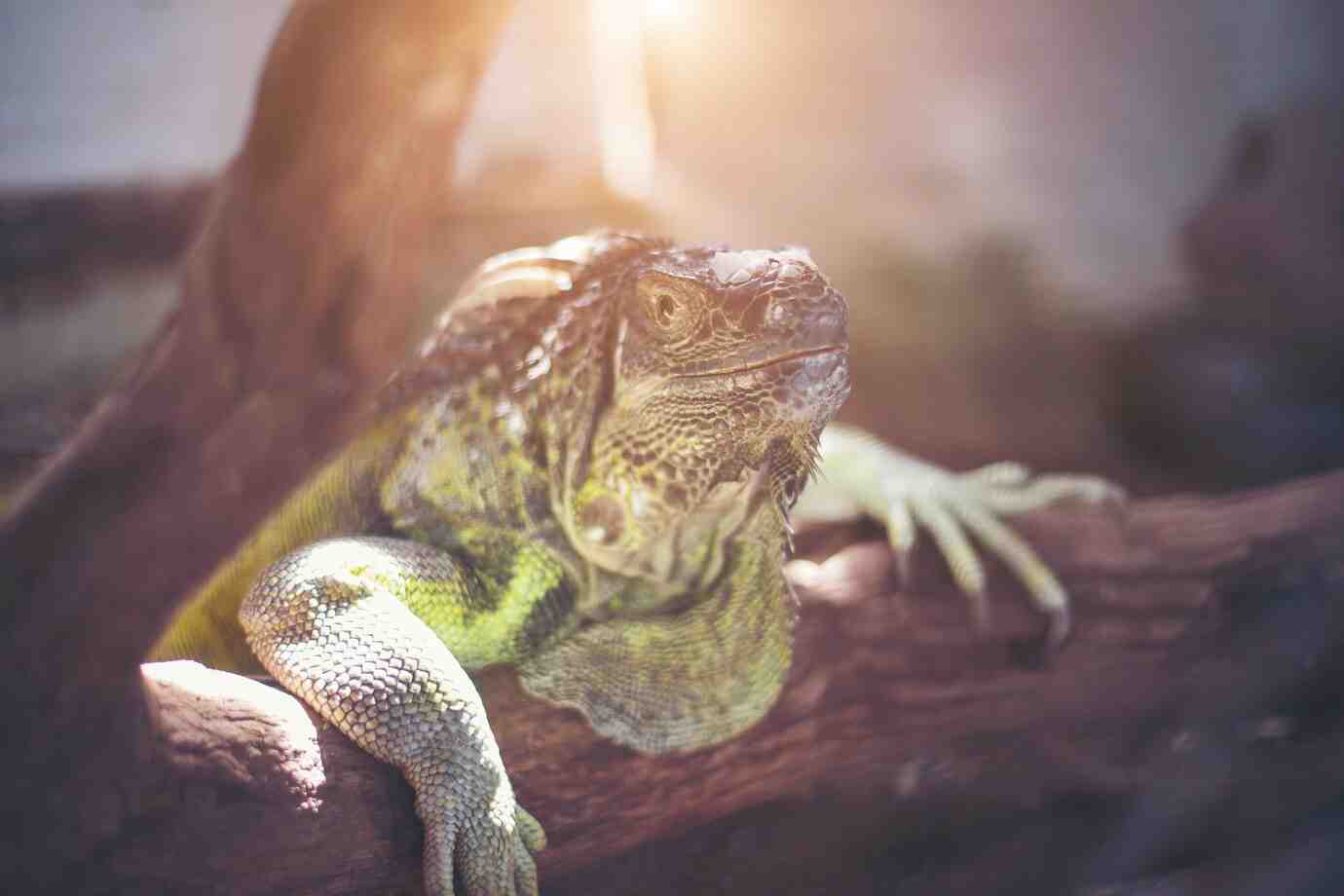
Bearded dragons need strong light and heat to stay healthy. Without it, they can’t digest food or absorb calcium properly.
UVB Lighting:
- Use a T5 HO UVB bulb (10.0 strength)
- Replace every 6–12 months
- Run for 10–12 hours per day
- Mount inside the tank, not on top
Heat Zones:
- Basking spot: 38–42°C
- Cool side: 24–28°C
- Night temp: Don’t drop below 20°C
Use a ceramic heat emitter or basking bulb, and monitor temps with digital thermometers.
Tip: Use a thermostat or dimmer to avoid overheating your dragon’s basking zone.
Substrate and Décor
The floor of your enclosure — or substrate — affects cleanliness, humidity, and safety.
Safe Substrates:
- Reptile carpet
- Paper towels
- Non-adhesive shelf liner
- Ceramic tiles
Avoid:
- Loose sand (risk of impaction)
- Bark, mulch, or wood chips
- Calci-sand (marketed for reptiles but often unsafe)
Must-Have Décor:
- Flat basking rock or log
- Hiding spot (cool side)
- Low climbing branches
- Food and water dishes
- Background or fake plants for enrichment
Bearded Dragon Diet: What They Eat and When
Bearded dragons are omnivores. They eat both plant-based and protein-rich foods — but the balance changes with age.
Bearded Dragon Diet by Age:
| Age Group | Insects (%) | Vegetables (%) | Feeding Frequency |
| 0–6 months | 70–80% | 20–30% | 2–3x/day |
| 6–12 months | 50% | 50% | 1–2x/day |
| 12+ months | 20–30% | 70–80% | 1x/day or every other day |
Protein Options:
- Crickets
- Dubia roaches
- Black soldier fly larvae
- Mealworms (for adults only)
- Silkworms or hornworms (treats)
Always feed gut-loaded insects (insects that have eaten nutritious food) and dust them with calcium powder.
Safe Veggies and Greens:
- Collard greens
- Mustard greens
- Dandelion greens
- Squash
- Bell peppers
- Carrots
- Cucumber (occasional)
Fruits (Occasional Treats):
- Blueberries
- Strawberries
- Mango
- Apple slices (no seeds)
- Watermelon
Keep fruits to once or twice a week due to sugar content.
Avoid iceberg lettuce, spinach, and citrus fruits — they can cause digestive issues.
Supplements: What They Need and Why
Bearded dragons need calcium and vitamins to avoid bone disease and other health problems.
Supplement Schedule:
- Calcium with D3: 3–5 times per week
- Multivitamin: 1–2 times per week
- Calcium without D3: Use if your UVB setup is strong and on daily
Dull, soft bones and tremors are signs of calcium deficiency. Always use high-quality reptile supplements.
Water and Hydration
Bearded dragons get most of their water from food, but they still need access to a clean water dish.
Hydration Tips:
- Mist veggies lightly before feeding
- Offer a shallow water dish (change daily)
- Bathe once a week (lukewarm water up to their belly)
- Some beardies like to drink in the bath!
Behaviour and Handling
Bearded dragons are social and curious. They can even learn to recognise you.
Handling Tips:
- Support their whole body
- Handle them gently 3–5 times a week
- Let them rest on your lap or chest
- Watch for signs of stress: darkened beard, puffed body, fast movements
Always wash your hands before and after handling to keep both of you safe.
Shedding and Brumation
Shedding:
- Happens every few weeks (more in babies)
- Skin may look pale or dull
- Don’t peel it off — offer baths and keep humidity moderate (30–40%)
- Check toes and tail for stuck skin
Brumation:
- A natural “hibernation” that may happen in winter
- Your dragon may sleep more, eat less, and stay in cool hides
- Keep lighting and heating steady
- Offer food and water weekly — they’ll eat if they want
Cleaning and Maintenance
Daily Tasks:
- Remove waste
- Refill water
- Spot-clean food and substrate
- Check temperatures and lights
Weekly Tasks:
- Disinfect dishes and hides
- Change loose substrate or wash reptile carpet
- Monitor health and appetite
Monthly Tasks:
- Deep-clean entire enclosure
- Replace UVB bulbs every 6–12 months
- Review diet and supplement schedule
Signs of Good Health
- Bright, alert eyes
- Active during the day
- Regular appetite and waste
- Smooth, even shedding
- Full tail and strong limbs
If you see weight loss, loss of appetite, or breathing issues, consult a reptile vet.
The Joy of Bearded Dragon Ownership
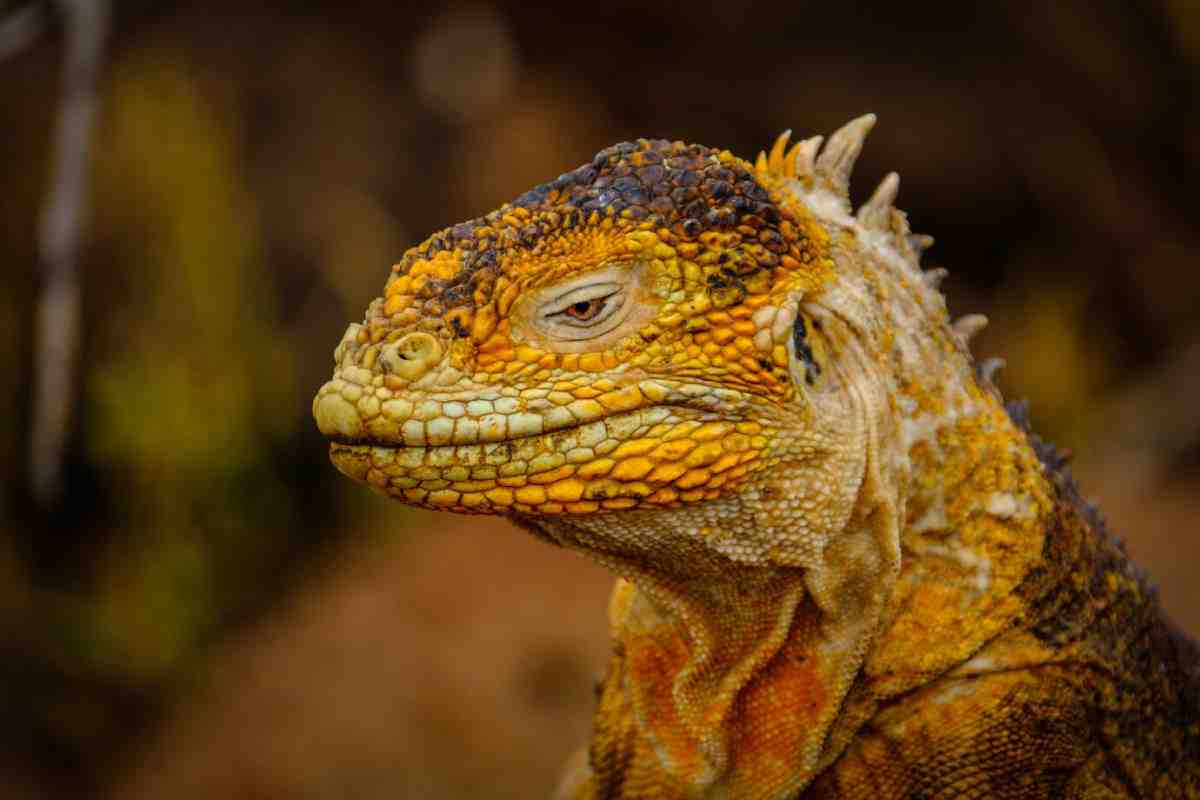
With the right enclosure and a proper bearded dragon diet, these reptiles are a joy to care for. They’re expressive, gentle, and make great companions for both kids and adults.
The keys to success? Build a solid habitat, offer a balanced reptile diet, and observe your dragon daily. Before you know it, your bearded buddy will be basking in contentment and winning over the whole family.
